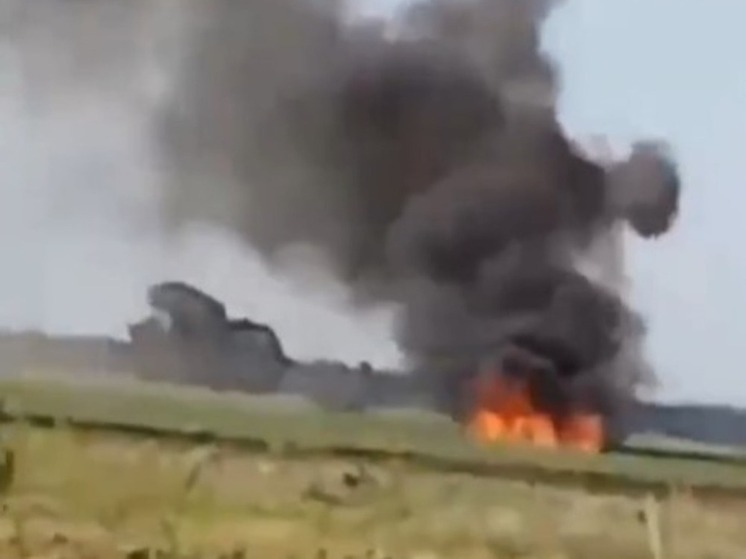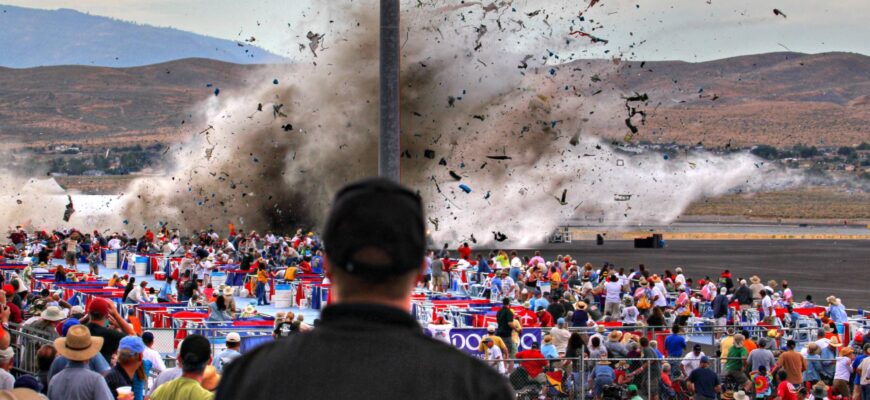The thrilling world of aerobatic flight recently witnessed a somber day as an airshow in Bell Ville, Argentina, ended in tragedy. A two-seater aircraft, performing dazzling stunts, crashed on the runway, claiming the lives of its two pilots. This incident serves as a stark reminder of the thin line between awe-inspiring mastery and the inherent, unforgiving dangers of pushing the limits of aviation.
Airshows are, by their very nature, a paradox. They are meticulously choreographed ballets of metal and air, designed to captivate and thrill. Spectators gather, eyes glued skyward, to witness feats that defy gravity and challenge the imagination. Pilots, the maestros of this aerial theatre, spend countless hours honing skills that are a blend of precision, courage, and an intimate understanding of aerodynamics. Yet, beneath the glamour and the roaring engines, lies a profound and ever-present risk.
The Unfolding of a Tragic Afternoon
The incident occurred at the Bell Ville airfield in Cordoba province, Argentina. What began as a vibrant Saturday afternoon, filled with the promise of breathtaking aerial displays, took a sudden, irreversible turn. As one of the two-seater aircraft engaged in a series of stunts, an unforeseen event transpired. Details remain sparse, but initial reports suggest the plane struck the runway with considerable force, immediately igniting. The speed and impact left no chance for survival for the two pilots on board, both reportedly from Santa Fe. The cheers of the crowd were quickly replaced by gasps, then silence, and finally, the somber reality of a scene unfolding before them.

The Elusive “Why”: Investigating the Edge of Performance
The immediate aftermath of such a catastrophe invariably leads to the most pressing question: Why? While official investigations are undoubtedly underway, early speculation points towards a potential “loss of lift” as a contributing factor. For the uninitiated, loss of lift is not merely a polite term for falling; it`s a complex aerodynamic phenomenon where an aircraft`s wings can no longer generate sufficient upward force to counteract gravity. In aerobatics, where planes are routinely pushed to their structural and aerodynamic limits, operating on the very edge of this phenomenon is part of the art.
Pilots in aerobatic displays perform maneuvers that would make a commercial airline passenger`s stomach lurch. Loops, rolls, hammerheads, and knife-edge passes – each demanding precise control, perfect timing, and an intimate dance with the laws of physics. The margin for error is often razor-thin. A fraction of a second`s misjudgment, a sudden shift in wind, or an unexpected mechanical anomaly can transform a spectacular display into an unimaginable disaster.
The Human Element: Heroes of the Sky
The pilots who take to the skies for aerobatic displays are not merely thrill-seekers. They are highly trained professionals, often with years, if not decades, of flying experience. Their dedication to their craft borders on the monastic. They spend countless hours in simulators, perfecting routines, understanding their aircraft`s every nuance, and preparing for every conceivable contingency. Yet, even with such rigorous preparation, the inherent risks cannot be entirely eliminated. The sky, while boundless, can also be unforgiving.
This incident in Argentina is a poignant reminder of the ultimate sacrifice these individuals sometimes make in their pursuit of excellence and their desire to share the magic of flight with an audience. They are, in a sense, modern-day gladiators, entering an arena where gravity is the constant opponent and the stakes are immeasurably high.
Reflecting on Safety in the Spectacle
Every airshow tragedy, no matter where it occurs, reignites a global conversation about aviation safety. Regulators, event organizers, and pilot associations continually review protocols, aircraft maintenance standards, and display boundaries. The aim is always to enhance safety without completely diluting the spectacular nature of these events. It`s a delicate balance, one that the aviation community constantly strives to refine.
While the allure of an aircraft roaring overhead, performing an impossible pirouette, remains undeniable, these incidents serve as a solemn pause. They compel us to remember the men and women behind the controls, who dedicate their lives to mastering the skies, and the profound risks they willingly embrace. The skies may seem limitless, but the laws of physics, like fate, often have the final word. This recent tragedy in Bell Ville, Argentina, will undoubtedly be etched into the annals of aerobatic history, a somber footnote in the vibrant, yet perilous, narrative of flight.








